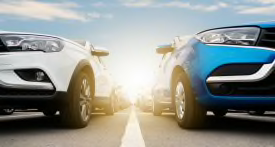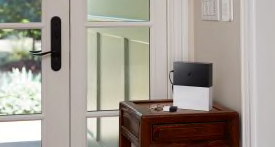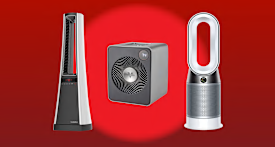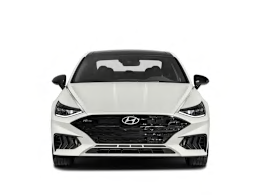The redesigned Sonata stands out among staid midsized sedans with its sleek profile. Even so, it trails the category’s perennial leaders—the Honda Accord, Subaru Legacy, and Toyota Camry—in CR’s road-test results.
The Sonata is fairly roomy, with good driver visibility in spite of its rakish lines. The driving position isn’t quite as upright as in most sedans, but the power-seat adjustments let drivers of all sizes get comfortable behind the wheel. Seat support is fine on shorter jaunts but fades on longer trips, contributing to fatigue. And the hard center console can rub uncomfortably against the driver’s right knee.
The cabin looks modern, with sleek piano black surfaces, but the controls are a mixed bag. The infotainment system is well-designed, but the push-button gear selector can’t be operated without looking away from the road and is tricky to use. A larger screen comes on high-end versions but that eliminates the radio's handy tuning knob. The option list is quite comprehensive. It’s quite easy to get heated seats, a power driver’s seat, and automatic climate control in a basic version.
The Sonata is quite capable when driven briskly, and it negotiated our accident avoidance course with impressive speed. But the stiff ride transmits road impacts in a more pronounced way than in rival sedans and there is some unpleasant engine noise at high revs.
The standard 191-hp, 2.5-liter four-cylinder engine is coupled with an eight-speed automatic transmission, providing unobtrusive, predictable power and very good fuel economy at 31 mpg overall. We don’t see a need to upgrade to the available turbocharged engine. The hybrid version gets an excellent 44 mpg, can drive on electric power at low speeds, but the transmission delivers rough shifts.
Standard advanced safety features include forward collision warning, automatic emergency braking with pedestrian detection, and lane keeping assistance, which does a good job keeping the Sonata centered in its lane. But blind spot warning is optional. The adaptive cruise control and lane centering features are a convenience in stop-and-go traffic. There is an optional self-parking feature that can drive the car straight into and out of a tight perpendicular parking spot, sparing you from door dings and struggling to climb in. This is especially helpful with snug garage parking.


























